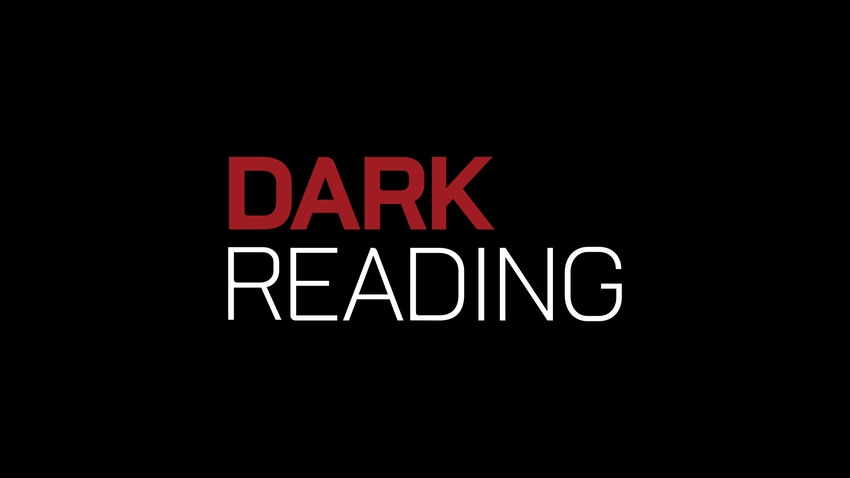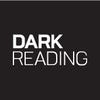Free Browser Scan Service Debuts
New Rapid7 offering provides baseline view of state of end user browser security

Metasploit sponsor Rapid7 is now offering a free service that scans browsers throughout an organization for vulnerabilities and security problems.
The new BrowserScan service uses lightweight JavaScript code that organizations embed in their internal websites and portals to inspect the security state of their clients' browsers. It's basically a low-profile, lightweight method of keeping tabs on users' browser security.
HD Moore, CSO of Rapid7 and chief architect of the Metasploit Project, says BrowserScan is a way for organizations to determine the vulnerability of their end users without a major vulnerability scan at the desktop. It's for all types and sizes of organizations, including those that are unable to run full vulnerability scans or conduct full-blown patch evaluations.
"It uses a small tracking code that's an easy way to see how vulnerable your users are and where your patch problems might be," Moore says. It provides a baseline of how the state of browser add-ons are across the enterprise, he says.
Rapid7 is offering online registration for BrowserScan. Once registered, the organization then pastes its BrowserScan code into the HTML template or footer of websites its users frequent, including Outlook Web Access, SharePoint, and WordPress-based sites. The service then scans their browsers and reports information on missing browser or add-in updates, as well as other potential security weaknesses.
Browser plug-ins have become a popular attack vector over the past few years as browser software vendors have done a better job writing more secure browser code. Browser vulnerabilities are a topic near and dear to Moore, who masterminded the Month of Browser Bugs (MOBB) in 2006 that ultimately helped pressure Microsoft to beef up security of Internet Explorer.
Moore says BrowserScan is a way to keep tabs on plug-ins as well as updates to browsers, which occur regularly these days. "It's really a way to ... identify gaps there are today, and to verify your [security] policy," Moore says.
BrowserScan isn't the first service of its kind: Qualys also offers a BrowserCheck browser plug-in that looks for updates and other potential security holes in the browser. The main difference is that it runs an agent on the user's machine, Moore says, while Rapid7's BrowserScan does not.
There are four basic configurations of the service: transparent mode, where the scanner just silently gathers data; badge mode, where users get a small graphic pop-up alerting them of risks to their browsers; overlay mode, a full-page screen that shows up when the browser is at risk; and redirect mode, where the user can't access the site if his browser needs remediation, and he's sent to another page to take care of it.
Overall, the new Rapid7 service is more of a "good first step" for locking down browsers, Moore says. Other information, such as whether the vulnerabilities it finds in the browser are actually exploitable, is something that's still the job of the full-blown vulnerability scanner, he says.
Look for Rapid7 to also add support for scanning mobile browsers in the future, he says.
Moore's blog post on the new service, as well as a screen shot of the interface, is here.
Have a comment on this story? Please click "Add Your Comment" below. If you'd like to contact Dark Reading's editors directly, send us a message.
Read more about:
2012About the Author(s)
You May Also Like
Is AI Identifying Threats to Your Network?
May 14, 2024Where and Why Threat Intelligence Makes Sense for Your Enterprise Security Strategy
May 15, 2024Safeguarding Political Campaigns: Defending Against Mass Phishing Attacks
May 16, 2024Why Effective Asset Management is Critical to Enterprise Cybersecurity
May 21, 2024Finding Your Way on the Path to Zero Trust
May 22, 2024
Black Hat USA - August 3-8 - Learn More
August 3, 2024Cybersecurity's Hottest New Technologies: What You Need To Know
March 21, 2024




